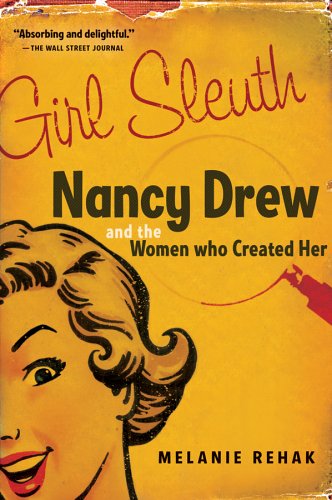 In celebration of their exhibit The ABC of It: Why Children’s Books Matter, the New York Public Library has released a list of 100 great children’s books from the last 100 years. I’m pretty happy to see that 27 of the 100 titles are diverse (in humanity) titles, and that there’s even more diversity in the authors (Donald Crews’s Freight Train, for example, doesn’t feature human diversity in the text, because the main character is a train, but the author is African American). How many of them have you read?
In celebration of their exhibit The ABC of It: Why Children’s Books Matter, the New York Public Library has released a list of 100 great children’s books from the last 100 years. I’m pretty happy to see that 27 of the 100 titles are diverse (in humanity) titles, and that there’s even more diversity in the authors (Donald Crews’s Freight Train, for example, doesn’t feature human diversity in the text, because the main character is a train, but the author is African American). How many of them have you read?
Here are the diverse titles (did I miss any?):
- The Arrival by Shaun Tan (2007)
- Ben’s Trumpet by Rachel Isadora (1979)
- Big Red Lollipop by Rukhsana Khan, illustrated by Sophie Blackall (2010)
- The Birchbark House by Louise Erdrich (1999)
- The Bossy Gallito/El Gallo De Bodas: A Traditional Cuban Folktale by Lucía M. González, illustrated by Lulu Delacre (1994)
- Chains by Laurie Halse Anderson (2008)
- A Chair For My Mother by Vera B. Williams (1982)
- Chato’s Kitchen by Gary Soto, illustrated by Susan Guevara (1995)
- Esperanza Rising by Pam Muñoz Ryan (2000)
- Grandfather’s Journey by Allen Say (1993)
- Just a Minute: A Trickster Tale and Counting Book by Yuyi Morales (2003)
- Locomotion by Jacqueline Woodson (2003)
- Lon Po Po: A Red-Riding Hood Story From China by Ed Young (1989)
- Meet Danitra Brown by Nikki Grimes, illustrated by Floyd Cooper (1994)
- Mufaro’s Beautiful Daughters: An African Tale by John Steptoe (1987)
- My Name is Yoon by Helen Recorvits, illustrated by Gabi Swiatkowska (2003)
- One Crazy Summer by Rita Williams-Garcia (2010)
- The People Could Fly: American Black Folktales by Virginia Hamilton, illustrated by Leo and Diane Dillon (1985)
- Rickshaw Girl by Mitali Perkins, illustrated by Jamie Hogan (2007)
- Roll of Thunder, Hear My Cry by Mildred D. Taylor (1976)
- The Snowy Day by Ezra Jack Keats (1962)
- Starry River of the Sky by Grace Lin (2012)
- The Stories Julian Tells by Ann Cameron, illustrated by Ann Strugnell (1981)
- The Tales of Uncle Remus: The Adventures of Brer Rabbit by Julius Lester, illustrated by Jerry Pinkney (1987)
- Tar Beach by Faith Ringgold (1991)
- The Watsons Go to Birmingham—1963 by Christopher Paul Curtis (1995)
- Why Mosquitoes Buzz in People’s Ears by Verna Aardema, illustrated by Leo and Diane Dillon (1975)
